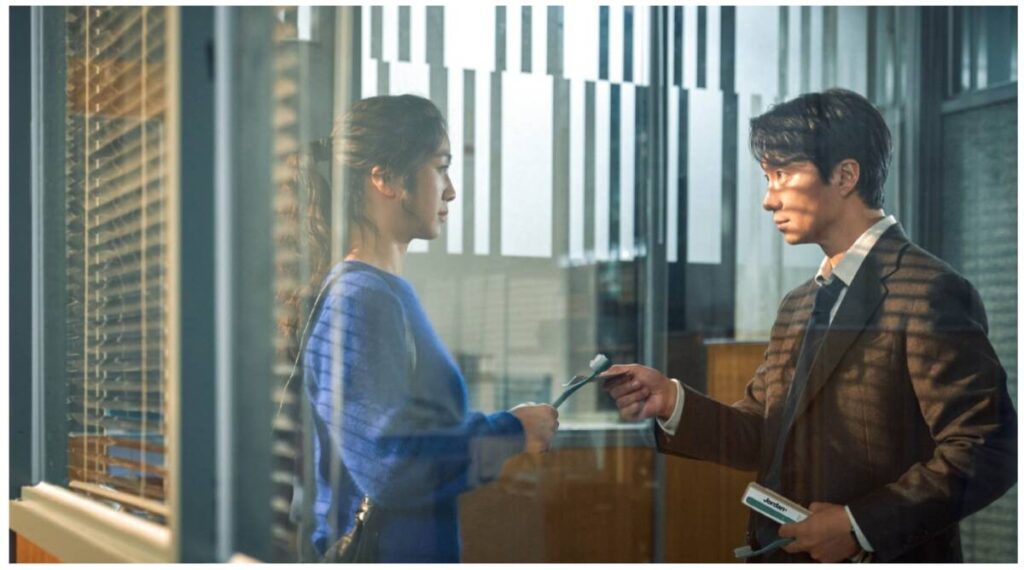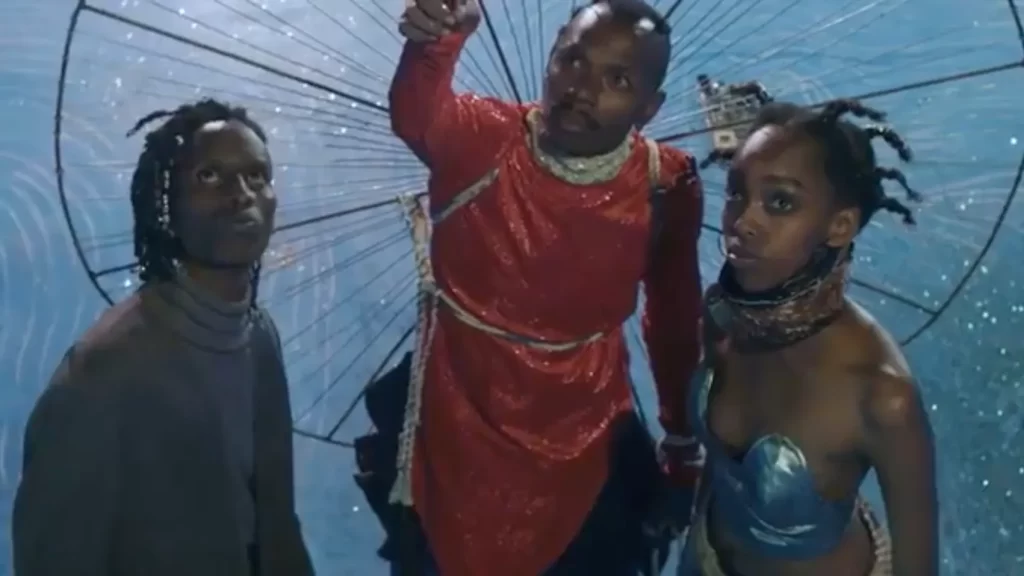Film is such a visual medium, and the next two film in my Top 20 are shining examples of what can be done in that arena. There’s so much about cinematography that the average viewer doesn’t notice. For many, cinematography is referenced when everything is pretty. My #14 film shows the impactc of positioning of the camera. There isn’t a single shot where that decision wasn’t carefully planned. And my #13 film shows how creativity can make production design really pop, even if you don’t have a big budget.

#14) Decision to Leave, directed by Park Chan-wook – A convoluted noir plot with a pair of compelling lead characters and incredible style make Decision to Leave a fun, engrossing watch for me. This romantic, suspense thriller’s plot is a little bit hard to follow, and maybe plays a little loosey-goosey with the story, but I did find the performances from the two leads to be quite good, and they really drew me in. Most importantly, rarely have I seed the placement of the camera so carefully thought out and important to viewing experience of a film as this one. Park Chan-wook (The Handmaiden) really knows what a difference camera placement and visual construction means to the film medium, and it pays off.

#13) Neptune Frost, directed by Anisia Uzeyman; Saul Williams – I suppose if I have to be grateful to Lin Manuel Miranda for something, it’s the fact that he served as an Executive Producer for Neptune Frost. Absent that I wonder if an Afrofuturisticm gender-fluid musical about a hacker collective would have found distribution in America. Set in a village in Burundi made of computer parts and discarded technology, the film centers on the relationship between Neptune Frost, an intersex runaway, and Matalusa, a miner mourning his brother, and the hacker collective that grows around them, challenging the technological supremacy of the white, corporate government. Production design is particularly inventive, despite what must have been a relatively low-budget. The practical effects are believable, and the depiction of cyberspace effective. The musical component worked well too, despite a very different style than what a viewer might expect if their frame of reference is the Broadway musical. At first it seems that the music is simpliy a natural part of the story, a group chant sung my miners at work, for example, but it grows into a more representative style expressing emotions that need more than just speech to capture.
This story originally conceived as a graphic novel, then stage musical struck me very strongly as what could be possible as a creative piece of filmmaking from a generation entirely raised on technology. We all understand that the human race is slowly evolving due to the availability and constant use of technology that is part of a person’s life from birth, but this is the first creative expression I have seen that points in a possible direction of storytelling from a new generation. One that is entirely suffused with the technological, but also one that is fundamentally queer, eschewing gender as a construct and shedding the old-school inhibitions and biases toward sexuality. While it has a bit of self-consciousness, ultimately, I found Neptune Frost to be a stunning example of creativity and art for our future, and it makes me hopeful.
